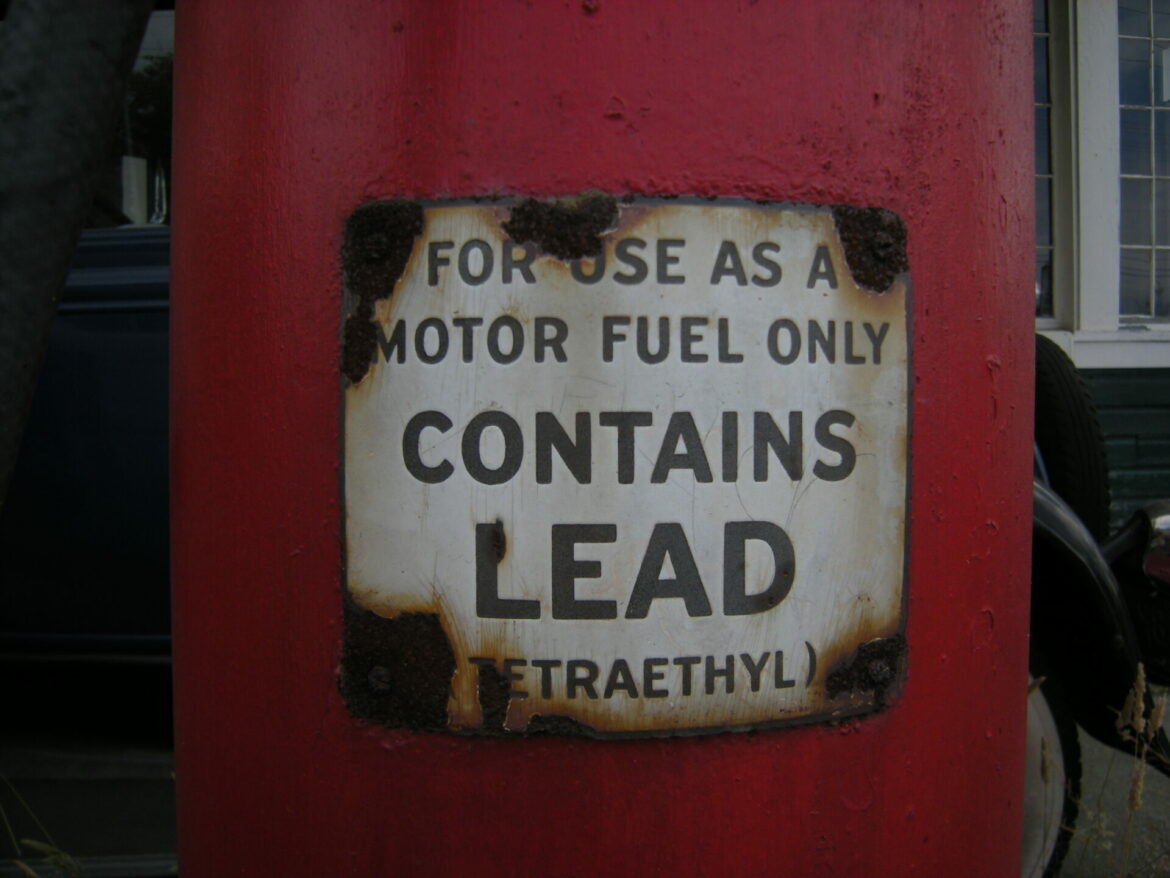
Measuring lead exposure in the workplace
Lead is an extremely dangerous substance that has been widely outlawed in most sectors of society. Unfortunately, there are still places across the planet where the legacy of lead can be seen and felt. The first step to protecting workers from lead exposure is education, and the second step is to arrange workplace lead risk assessments and monitoring. In this article, we take a look at which workplaces have the highest risk of lead exposure, signs of lead poisoning, and how measuring lead exposure is conducted in workplaces.
Which workplaces feature risky levels of lead?
Battery manufacturing facilities
Lead is commonly used in the production of batteries, and workers in battery manufacturing facilities may be exposed to dangerous levels of lead fumes and/or dust.
Lead smelting and refining plants
Lead is extracted from ore in these facilities, and workers may be exposed to dangerous levels of lead while working at these locations.
Lead-based paint removal sites
Lead-based paint was commonly used in years past, and workers involved in the manufacturing or removal of old lead-based paint may be exposed to dangerous levels of lead dust.
Construction sites
Lead is often found in older buildings, particularly in the form of lead-based paint. Workers involved in the remodelling or demolition of these buildings may be exposed to lead while on the job.
Steel and metal production facilities
People that work in facilities where steel and other metals are produced may be exposed to lead from the use of lead-containing alloys and the burning of fuels containing lead.
Signs of workplace lead poisoning
Lead exposure is a serious health risk, whether found inside or outside of the workplace. Below is a list of the main symptoms of lead exposure, ranging from most common to less common. However, all of these are dangerous and should be addressed immediately once recognised.
- Abdominal pain
- Constipation
- Fatigue or weakness.
- Headaches
- Irritability
- Difficulty sleeping
- Memory or concentration problems
- Reduced sperm count or fertility in men
- Miscarriage or premature birth in women
- Developmental delays in children.
How does measuring lead exposure in workplaces work?
Workplace lead levels can be measured using a few methods, including air sampling and wipe sampling (on surfaces). Air sampling involves drawing a volume of air through a filter or collection medium and analyzing the collected samples for the presence of lead.
Wipe sampling involves wiping a surface with a piece of pre-weighed filter paper and then analyzing the samples for the presence of lead. Other methods of lead measurement include X-ray fluorescence.
Arrange workplace lead risk assessments and monitoring
Apex Environmental is able to compile an inventory of the lead-containing materials existing within your premises in order to satisfy the requirements of the Lead Regulations of 2002. This survey identifies the location and approximate quantity, condition and potential health risk of any lead and lead-containing materials existing within a workplace. Contact Apex Environmental to arrange workplace lead risk assessments and monitoring in South Africa.








